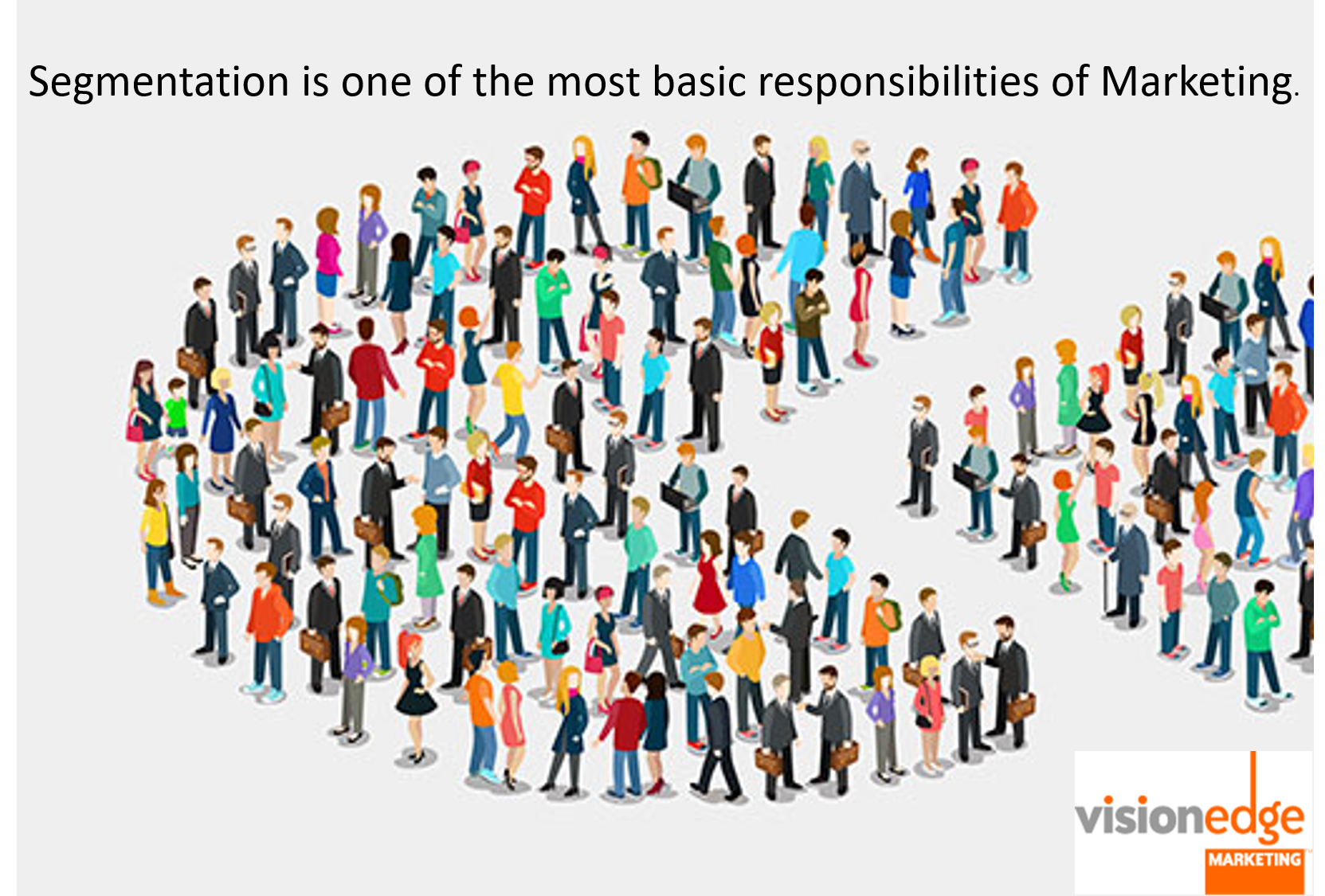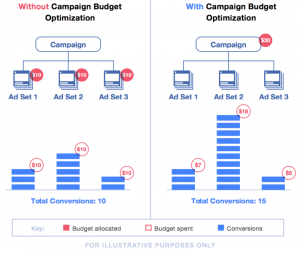— June 7, 2019
In today’s environment, your prospective and existing customers typically have multiple choices to meet their needs. Therefore, business success often boils down to effective market segmentation, identification, and sizing.
Segmentation is a process designed to cluster prospective and current customers into different groups so that each group comprises individuals that share a similar level of interest in the same or comparable set of needs. Segmentation matters if you want to
- Tailor your offer (product, channel, touch point, price, and communication) more precisely to different groups based on their needs
- Understand the economic value and economic potential of each group.
 Take two fundamental steps to decide which market segments to pursue.
Take two fundamental steps to decide which market segments to pursue.
Using demographics such as company size, location or industry are common approaches many companies use to tackle segmentation. Segmentation is one of the most basic responsibilities of Marketing. It is Marketing’s job to match a distinct value proposition with a unique segment.
Two fundamental steps are required before you can decide which market segments to pursue.
Segmentation Takes Knowing the Lay of the Land
The key step to using segmentation to win is to start with a “lay of the land.” The best way to understand the lay of the land is to answer these 10 key questions.
These first five address identifying the market size and potential for your product or service:
- What are the biggest and most important unmet needs customers are experiencing in the market? This can be determined by conducting formal primary research and digging into data from your social media feeds.
- How big is each of these needs? How many customers does each one involve and how much revenue would solving these generate?
- What problems do these unmet needs reveal? Are they problems that can be solved by something already in the market, or will it take something new?
- Which if any of our current products/services might best meet these needs? If not, do we have what it takes in terms of capabilities and market window to develop a new offer? Will our offer be disruptive to the current solutions?
- What other companies could we anticipate being able to service these needs?
These next five questions will help you decide which segments are worthy of pursuit:
- Which customer segments offer the highest revenue and profit potential? Do we have existing customers in any of these segments?
- How accessible are these segments?
- If we could access these segments, how would we position our products or services in order to reach target segments?
- How would we validate our opportunity and increase our traction? In which of the segments would this be the easiest to achieve?
- Which segments provide the best marketing opportunity AND return on investment?
 Use the answers to 10 questions to select a winning market.
Use the answers to 10 questions to select a winning market.
Once you have the answers to these questions, you can begin to evaluate the opportunity and accessibility dimensions of the segments. This evaluation will enable you to select and prioritize the customers that will accelerate your revenue generation efforts.
Business & Finance Articles on Business 2 Community
(45)







